View all Standards for British Columbia (2018)
Experience, document, choreograph, perform, and share creative works in a variety of ways
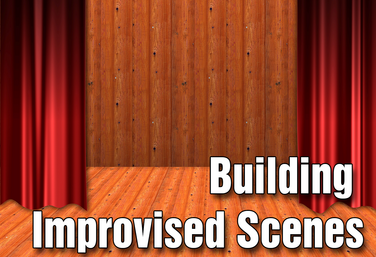
Part of the Middle School Curriculum
Unit Three: Building Improvised Scenes
by Lindsay Johnson
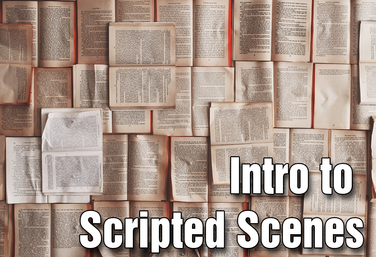
Part of the Middle School Curriculum
Unit Four: Intro to Scripted Scenes
by Lindsay Johnson
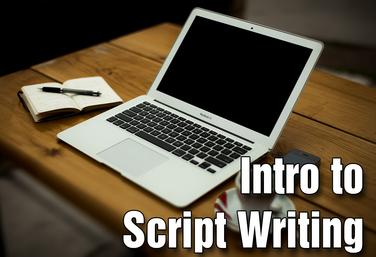
Part of the Middle School Curriculum
Unit Five: Intro to Script Writing
by Lindsay Johnson
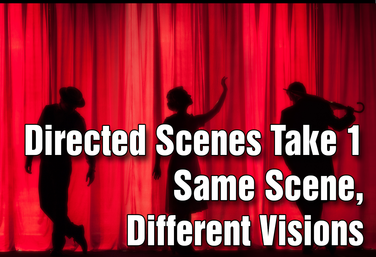
Part of the Middle School Curriculum
Unit Six: Directed Scenes Take 1: Same Scene, Different Visions
by Lindsay Johnson
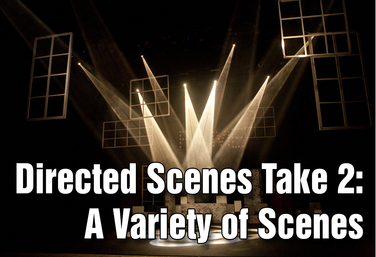
Part of the Middle School Curriculum
Unit Seven: Directed Scenes Take 2: A Variety of Scenes
by Lindsay Johnson
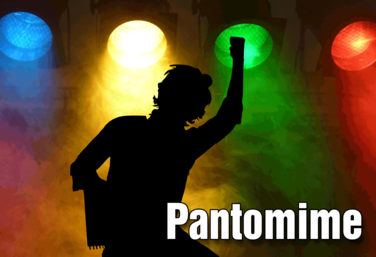
Pantomime
by Angel Borths
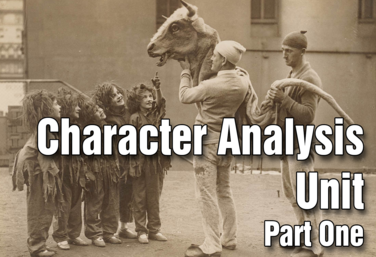
Part of the Drama Two Curriculum
Character Analysis - Part 1
by Matt Webster

Part of the Drama One Curriculum
What is Theatre?
by Karen Loftus
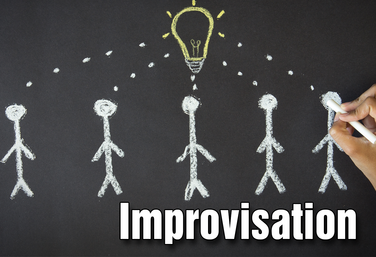
Part of the Drama One Curriculum
Improvisation
by Karen Loftus

Part of the Distance Learning Curriculum
What is Theatre?
by Lindsay Price and Karen Loftus
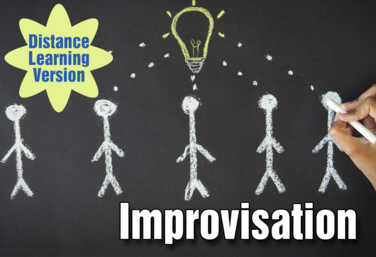
Part of the Distance Learning Curriculum
Improvisation
by Lindsay Price and Karen Loftus

Impowerment Improv
by Jennine Profeta

Decolonizing Monologues
by Nicholas Pappas

The Dilemma Project
by Claire Broome
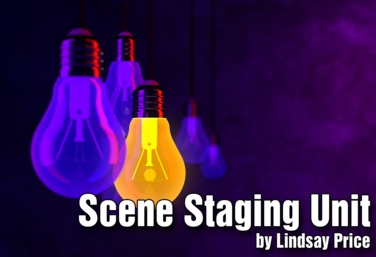
Scene Staging
by Lindsay Price
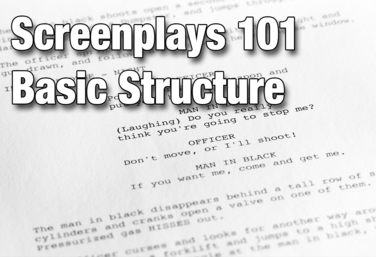
Screenplays 101: Basic Structure Unit
by Nicholas Pappas

Friendly Shakespeare
by Todd Espeland
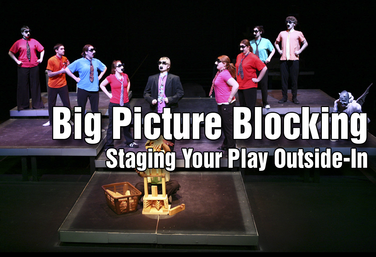
Big Picture Blocking: Staging Your Play Outside-In
by Todd Espeland
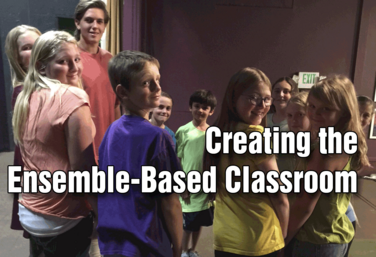
Creating the Ensemble-Based Classroom
by Gai Jones
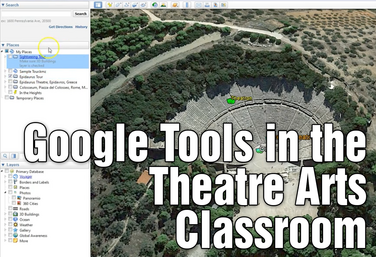
Google Tools in the Theatre Arts Classroom
by Anna Porter

The Dilemma Project
by Claire Broome
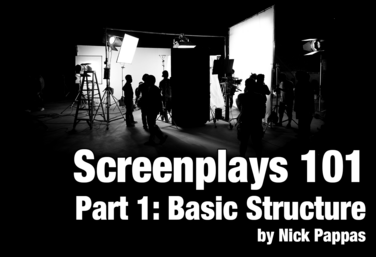
Screenplays 101 - Part 1: Basic Structure
by Nicholas Pappas
View all Standards for British Columbia (2018) Standards Master List